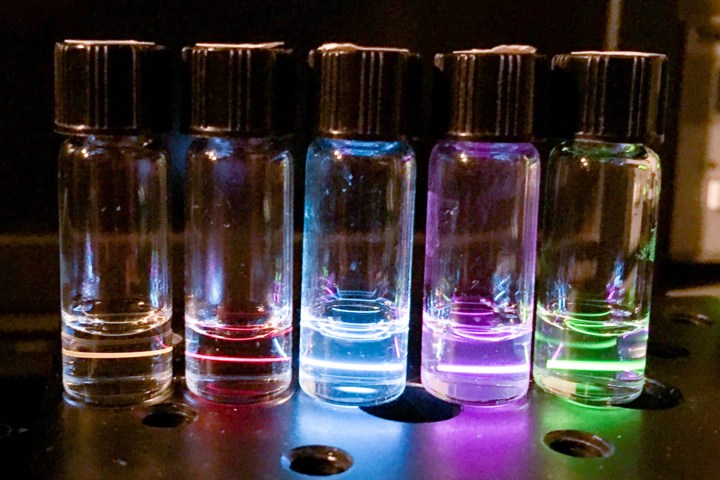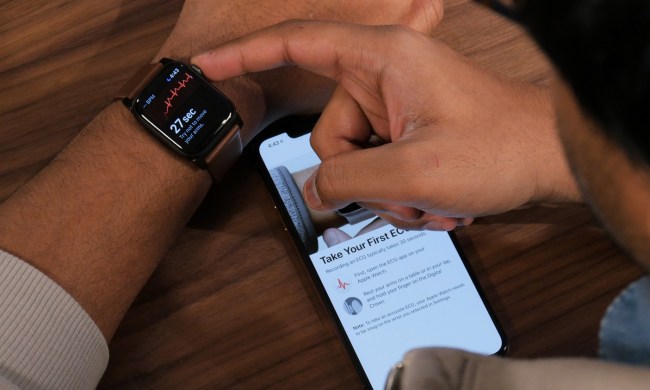
The term “forces” is sort of a catchall for mechanical functions that play positive and negative roles in our bodies, from healing wounds to growing cancer cells and causing osteoporosis.
“Comparing forces exerted by healthy versus unhealthy cells … can lead to new ways to diagnosis and cure these diseases,” Alice Lay, one of the project’s leads, told Digital Trends. “Unfortunately, few available methods can measure forces in vivo. Thus, our research aims to develop a new class of in vivo sensors, with biocompatible size and robust optical readout, in order to image and record biological forces in real time.”
The nanoparticles used in this research glow when they’re struck by a specialized laser and the color they emit depends on the pressure exerted around them. In this way, they’re able to relay real-time data about their surroundings so that researchers can monitor and analyze the slight forces at play within the body.
Lay, who is a doctoral candidate in Jennifer Dionne’s materials science and engineering lab at Stanford, teamed up with Dionne and Miriam Goodman, a professor of molecular and cellular physiology, to investigate these forces. Although the project’s end goal is to uncover the forces at play in humans, the researchers decided to begin with tiny, transparent worms called Caenorhabiditis elegans.
“Caenorhabiditis elegans are tiny roundworms and studies using this animal have informed topics ranging from developmental biology to neuroscience to ecology since the 1970s,” Goodman said. “Because their bodies are transparent, they are terrific subjects for research projects like this one that involve using light to detect physical forces and biological signals.” It helps that these worms love to gobble up bacteria, which can be easily laced with the light-responsive nanoparticles.
“To put it another way,” Goodman said, “the worms like to eat tiny things, they are not very picky about what they eat, and we can watch them chew up their food because their bodies are transparent.”
Humans and roundworms may not look alike, but our digestive mechanisms have a couple things in common — we both gnaw and swallow. By studying how the nanoparticles react to these digestive forces, the researchers can gain insight into how they might be used to investigate the forces at play in humans.
The team still have plenty of work ahead of them before they conduct human trials. They’ll begin by studying healthy worms and then introduce mutations to examine how gene expression may influence cellular forces. After that they’ll look to use these nanoparticles to study the forces at work between tissues and cells.


